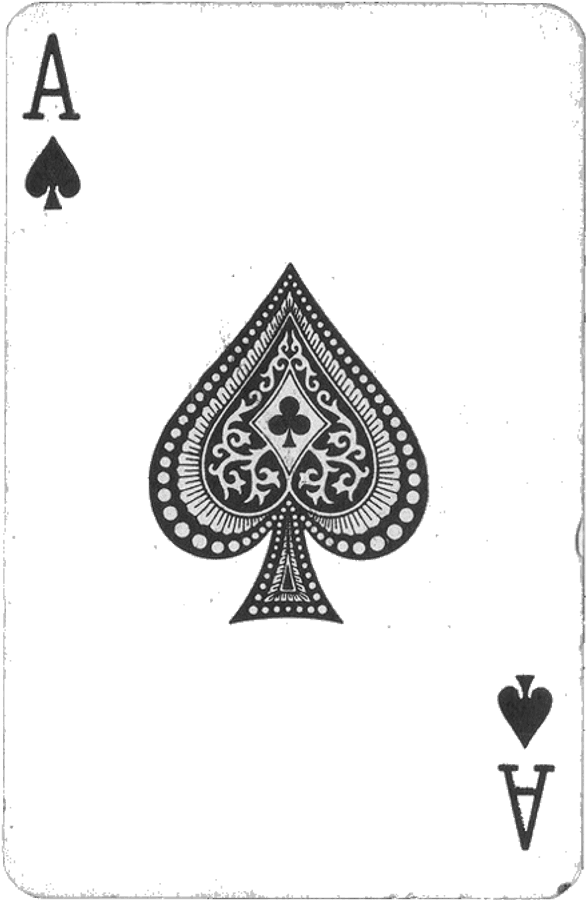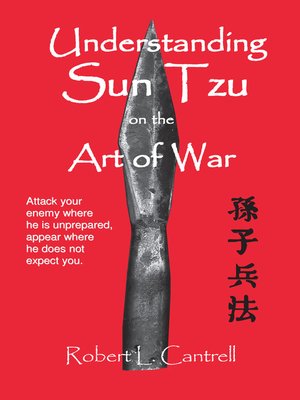
I. LAYING PLANS
1. Sun Tzu said: The art of war is of vital importance to the State.
2. It is a matter of life and death, a road either to safety or to ruin. Hence it is a subject of inquiry which can on no account be neglected.
15. The general that hearkens to my counsel and acts upon it, will conquer: let such a one be retained in command! The general that hearkens not to my counsel nor acts upon it, will suffer defeat:--let such a one be dismissed!
16. While heading the profit of my counsel, avail yourself also of any helpful circumstances over and beyond the ordinary rules.
II. WAGING WAR
16. Now in order to kill the enemy, our men must be roused to anger; that there may be advantage from defeating the enemy, they must have their rewards.
III. ATTACK BY STRATAGEM
7. With his forces intact he will dispute the mastery of the Empire, and thus, without losing a man, his triumph will be complete. This is the method of attacking by stratagem.
8. It is the rule in war, if our forces are ten to the enemy's one, to surround him; if five to one, to attack him; if twice as numerous, to divide our army into two
9. If equally matched, we can offer battle; if slightly inferior in numbers, we can avoid the enemy; if quite unequal in every way, we can flee from him.
17. Thus we may know that there are five essentials for victory:
IV. TACTICAL DISPOSITIONS
11. What the ancients called a clever fighter is one who not only wins, but excels in winning with ease.
14. Hence the skillful fighter puts himself into a position which makes defeat impossible, and does not miss the moment for defeating the enemy.
V. ENERGY
13. The quality of decision is like the well-timed swoop of a falcon which enables it to strike and destroy its victim.
VI. WEAK POINTS AND STRONG
2. Therefore the clever combatant imposes his will on the enemy, but does not allow the enemy's will to be imposed on him.
15. And if we are able thus to attack an inferior force with a superior one, our opponents will be in dire straits.
VIII. VARIATION IN TACTICS
9. If, on the other hand, in the midst of difficulties we are always ready to seize an advantage, we may extricate ourselves from misfortune.
11. The art of war teaches us to rely not on the likelihood of the enemy's not coming, but on our own readiness to receive him; not on the chance of his not attacking, but rather on the fact that we have made our position unassailable.
34. When an army feeds its horses with grain and kills its cattle for food, and when the men do not hang their cooking-pots over the camp-fires, showing that they will not return to their tents, you may know that they are determined to fight to the death.
X. TERRAIN
16. When the common soldiers are too strong and their officers too weak, the result is insubordination. When the officers are too strong and the common soldiers too weak, the result is collapse. Ace of Spades;
17. When the higher officers are angry and insubordinate, and on meeting the enemy give battle on their own account from a feeling of resentment, before the commander-in-chief can tell whether or no he is in a position to fight, the result is ruin. Ace of Spades;
18. When the general is weak and without authority; when his orders are not clear and distinct; when there are no fixes duties assigned to officers and men, and the ranks are formed in a slovenly haphazard manner, the result is utter disorganization. Ace of Spades;
19. When a general, unable to estimate the enemy's strength, allows an inferior force to engage a larger one, or hurls a weak detachment against a powerful one, and neglects to place picked soldiers in the front rank, the result must be rout. Ace of Spades; 10 of Spades;
20. These are six ways of courting defeat, which must be carefully noted by the general who has attained a responsible post. Ace of Spades;
21. The natural formation of the country is the soldier's best ally; but a power of estimating the adversary, of controlling the forces of victory, and of shrewdly calculating difficulties, dangers and distances, constitutes the test of a great general. Ace of Spades;
22. He who knows these things, and in fighting puts his knowledge into practice, will win his battles. He who knows them not, nor practices them, will surely be defeated. Ace of Spades;
65. If the enemy leaves a door open, you must rush in. Ace of Spades; 3 of Spades; Ace of Clubs;
XII. THE ATTACK BY FIRE
1. Sun Tzu said: There are five ways of attacking with fire. The first is to burn soldiers in their camp; the second is to burn stores; the third is to burn baggage trains; the fourth is to burn arsenals and magazines; the fifth is to hurl dropping fire amongst the enemy.
XIII. THE USE OF SPIES
4. Thus, what enables the wise sovereign and the good general to strike and conquer, and achieve things beyond the reach of ordinary men, is foreknowledge.
19. If a secret piece of news is divulged by a spy before the time is ripe, he must be put to death together with the man to whom the secret was told.
























